- You have no items in your shopping cart
- Subtotal: $0.00
What is halloween holiday

Halloween or Hallowe’en (a contraction of “All Hallows’ evening”),also known as Allhalloween,All Hallows’ Eve,or All Saints’ Eve,is a celebration observed in many countries on 31 October, the eve of the Western Christian feast of All Hallows’ Day. It begins the observance of Allhallowtide,the time in the liturgical year dedicated to remembering the dead, including saints (hallows), martyrs, and all the faithful departed.
Cool halloween costume ideas
-
Product on sale
 Avengers Infinity War Captain America Dri Fit ShirtOriginal price was: $30.00.$25.00Current price is: $25.00.
Avengers Infinity War Captain America Dri Fit ShirtOriginal price was: $30.00.$25.00Current price is: $25.00. -
Product on sale
 Avengers Endgame Captain America HoodieOriginal price was: $45.00.$38.00Current price is: $38.00.
Avengers Endgame Captain America HoodieOriginal price was: $45.00.$38.00Current price is: $38.00. -
Product on sale
 Iron Man Arc Reactor T ShirtOriginal price was: $30.00.$25.00Current price is: $25.00.
Iron Man Arc Reactor T ShirtOriginal price was: $30.00.$25.00Current price is: $25.00. -
Product on sale
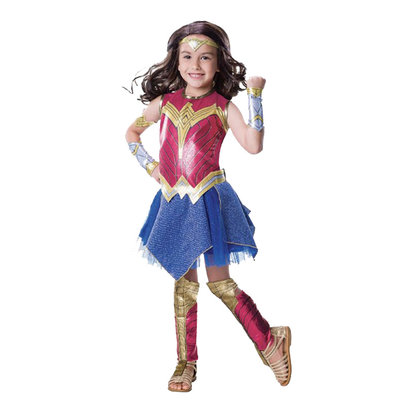 DC Comics Wonder Woman Costume For GirlsOriginal price was: $38.00.$28.00Current price is: $28.00.
DC Comics Wonder Woman Costume For GirlsOriginal price was: $38.00.$28.00Current price is: $28.00. -
Product on sale
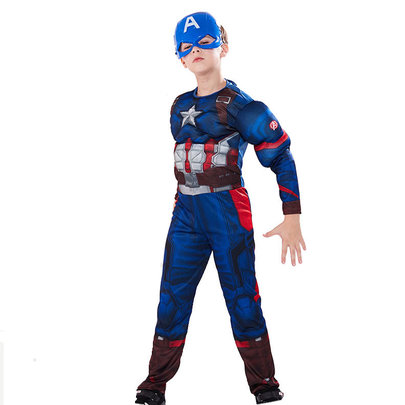 Avengers Captain America Muscle Cosplay Costume JumpsuitOriginal price was: $39.00.$28.00Current price is: $28.00.
Avengers Captain America Muscle Cosplay Costume JumpsuitOriginal price was: $39.00.$28.00Current price is: $28.00. -
Product on sale
 Red Wonder Woman ShirtOriginal price was: $30.00.$23.00Current price is: $23.00.
Red Wonder Woman ShirtOriginal price was: $30.00.$23.00Current price is: $23.00. -
Product on sale
 Infinity War Iron Man Costume ShirtOriginal price was: $30.00.$25.00Current price is: $25.00.
Infinity War Iron Man Costume ShirtOriginal price was: $30.00.$25.00Current price is: $25.00. -
Product on sale
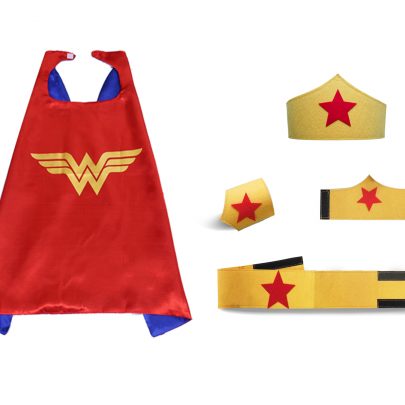 Wonder Woman Cape And Mask For KidsOriginal price was: $20.00.$16.00Current price is: $16.00.
Wonder Woman Cape And Mask For KidsOriginal price was: $20.00.$16.00Current price is: $16.00. -
Product on sale
 Black Panther Compression Shirt Long SleeveOriginal price was: $30.00.$25.00Current price is: $25.00.
Black Panther Compression Shirt Long SleeveOriginal price was: $30.00.$25.00Current price is: $25.00.
What is the origin of halloween?
One theory holds that many Halloween traditions may have been influenced by ancient Celtic harvest festivals, particularly the Gaelic festival Samhain, which may have had pagan roots;some scholars hold that Samhain may have been Christianized as All Hallow’s Day, along with its eve, by the early Church.Other academics believe, however, that Halloween began solely as a Christian holiday, being the vigil of All Hallow’s Day.
Why Do We Celebrate Halloween on October 31?
Halloween falls on October 31 because the ancient Gaelic festival of Samhain, considered the earliest known root of Halloween, occurred on this day. It marked a pivotal time of year when seasons changed, but more importantly, observers also believed the boundary between this world and the next became especially thin at this time, enabling them to connect with the dead. This belief is shared by some other cultures; a similar idea is mentioned around the Jewish holiday of Yom Kippur, which also typically occurs in October and involves saying prayers for the dead. This is also where Halloween gains its “haunted” connotations.
What does the Holy Bible say about Halloween?
what does halloween mean in the bible,”Abstain from every form of evil.” “Woe to those who call evil good and good evil, who put darkness for light and light for darkness, who put bitter for sweet and sweet for bitter!” “But test everything; hold fast what is good.
What does halloween celebrate?
Halloween activities include trick-or-treating (or the related guising and souling), attending Halloween costume parties, carving pumpkins into jack-o’-lanterns, lighting bonfires, apple bobbing, divination games, playing pranks, visiting haunted attractions, telling scary stories, as well as watching horror films.In many parts of the world, the Christian religious observances of All Hallows’ Eve, including attending church services and lighting candles on the graves of the dead, remain popular,although elsewhere it is a more commercial and secular celebration.Some Christians historically abstained from meat on All Hallows’ Eve, a tradition reflected in the eating of certain vegetarian foods on this vigil day, including apples, potato pancakes, and soul cakes.
The History of Halloween Activities
The early pagan holiday of Samhain involved a lot of ritualistic ceremonies to connect to spirits, as the Celts were polytheistic. While there isn’t a lot of detail known about these celebrations, many believe the Celts celebrated in costume (granted, they were likely as simple as animal hides) as a disguise against ghosts, enjoyed special feasts, and made lanterns by hollowing out gourds (hence, the history of jack-o’-lanterns). Over time, as Christianity took over and the pagan undertones of the holiday were lessened, the basic traditions of the holiday remained a part of pop culture every year; they simply evolved and modernized.
The mystical rituals of earlier times evolved into more lighthearted fun and games. For example, the somewhat heavy concept of connecting to the dead was replaced with the more lighthearted idea of telling the future. Bobbing for apples, for example, became popular as a fortune-telling game on All Hallows’ Eve: Apples would be selected to represent all of a woman’s suitors, and the guy—er, apple—she ended up biting into would supposedly represent her future husband. In fact, Halloween previously posed a huge (albeit rather superstitious) matchmaking opportunity for young women in the 19th century.
Another popular All Hallows’ Eve ritual was mirror-gazing, as people hoped to catch a vision of their future by looking into the mirror. There are also reports of fortune-cookie-like favors being given out during earlier times. People wrote messages on pieces of paper in milk, and the notes were then folded and placed into walnut shells. The shells would be heated over a fire, causing the milk to brown just enough for the message to mystically appear on the paper for the recipient.
The Fascinating History of Halloween and How the Holiday Originated
For many of us, Halloween feels as American as apple pie. Dressing up in a spooky or creative costume, traipsing around in the gathering dusk with the kids to collect candy from your neighbors, or gathering with friends for a creeptacular gathering are all beloved traditions. But in reality, the fall holiday didn’t start stateside at all. In fact, the history of Halloween dates back thousands of years to the Celtic celebration of Samhain, a festival that marked the end of the harvest season and the beginning of a new year. The day also fell at a time when the veil between the living and the dead grew thin, when those of us with blood still pumping through our veins could communicate with our loved ones in the spirit realm.
Whether you go in for that sort of thing or not, add a little education to your celebration before you go trick-or-treating. You’ll realize the holiday has a much more interesting (and eerier!) back story than you thought. Travel back in time with us (and we mean way back) to learn what some of the very first ghostly celebrations of Halloween looked like. We can guarantee there wasn’t a glitter pumpkin or superhero costume in sight. And if you just can’t get enough, load up on even more Halloween trivia when you’re done.
Halloween’s Celtic Origins
where did halloween holiday come from?Most scholars agree that Halloween as we know it first originated some 2,000 years ago when Celtic people in Europe celebrated the end of the harvest and the start of a new year in a festival called Samhain (pronounced “sow-win”). People also believed they could commune with the dead more easily during that time, lighting big bonfires lit in their honor, according to The American Folklife Center.
Halloween’s Dark Spiritual History
The Celts also believed that the spiritual communication on Samhain made it easier for Celtic priests, or druids, to predict the future, according to History. To appease their gods, they built bonfires and sacrificed crops and animals. Villagers also attended the bonfire ceremonies wearing animal heads and skins.
A Batty Association
Nowadays, many of us associate bats with Halloween — and that has its historical origins, too. The Druids’ Samhain bonfires attracted bugs which, in turn, drew bats to have a tasty meal. In later years, various folklore emerged citing bats as harbingers of death or doom. In Nova Scotian mythology, a bat settling in a house means a man in the family will die. If it flies around and tries to escape, a woman in the family will perish instead.
Roman Intervention
The Romans conquered most Celtic territory by 43 A.D. and brought their own fall festivals with them, according to History. Their October celebration called Feralia also commemorated the passing of the dead. Another holiday, Pomona, honored the Roman goddess of fruit and trees. That’s why we often bob for apples during Halloween festivities.
Christian Influence
Fast forward a few centuries, and the festivals that would become Halloween shifted even further. Several Christian popes attempted to replace “pagan” holidays like Samhain with their own religious observances. By 1000 A.D., All Souls’ Day on November 2 served as a time for the living to pray for the souls of the dead. All Saints’ Day, or All Hallows, honored the saints on November 1. That made October 31 All Hallows Eve, which later became Halloween.
English Traditions
Despite the new religious focus, people in Old England and Ireland continued to associate that time of year with the wandering dead. They set out gifts of food to feed the peckish spirits, and as time wore on, people would dress in scary costumes in exchange for treats themselves. The practice was called “mumming,” and looked awfully similar to today’s trick-or-treating.
Halloween Comes to America
The celebration of Halloween was extremely limited in colonial New England because of the rigid Protestant belief systems there. Halloween was much more common in Maryland and the southern colonies.
As the beliefs and customs of different European ethnic groups and the American Indians meshed, a distinctly American version of Halloween began to emerge. The first celebrations included “play parties,” which were public events held to celebrate the harvest. Neighbors would share stories of the dead, tell each other’s fortunes, dance and sing.
As the beliefs and customs of different European ethnic groups and the American Indians meshed, a distinctly American version of Halloween began to emerge. The first celebrations included “play parties,” which were public events held to celebrate the harvest. Neighbors would share stories of the dead, tell each other’s fortunes, dance and sing.
Halloween a holiday in usa
At long last, Halloween has finally arrived! From brainstorming spooky costumes to trying out pumpkin carving ideas with our kids, eating unfathomable amounts of Halloween treats, candy, and chocolate and indulging in everything pumpkin-spice-flavored, there’s so much to anticipate during this frightfully fun October holiday.
No matter how old you are or how many times you’ve been around the block, the holiday simply never gets old. The littlest ones get a chance to dress up and go trick-or-treating, and parents have an excuse to sip on a boo-zy Halloween cocktail.
But in the midst of the Halloween party games and sugar rushes, have you ever wondered about the origin and history of Halloween?
Here, we’re sharing Halloween’s origin and meaning in the hopes that it’ll make your celebrations even more enjoyable. After all, this old-fashioned holiday actually dates back many, many years. It’s a lot older than you might think! And as for the witches and wizards that you’ve come to associate with it? They’re part of the story, too. Here’s the true tale of how Halloween officially came to be.
You already know that Halloween takes place on the last day of October, but here’s something you might not know: The word itself literally means “hallowed evening,” and was previously known to early European celebrators as All Hallows’ Eve. All Hallows’ Eve (October 31) and All Saints’ Day (November 1) both paid homage to saints (“hallows” = saints). The name was eventually shortened to “Halloween,” which we know and love to this day.
The pagan and Christian occasions hadn’t always been back-to-back, though. Up until the 7th century CE, All Hallow’s Eve fell actually on May 13. Perhaps in an attempt to offset the occasion with a religious celebration, Pope Boniface IV ultimately made the call to change the observance to its current November 1 date.
Is halloween celebrated outside the us
Do they celebrate Halloween outside the US?Outside of the United States people celebrate the holiday in unique ways. Ireland, Mexico, Italy, and Portugal are a few countries with Halloweentime celebrations. Like most Western holidays, Halloween’s origins date to pre-Christian traditions; in this case, the holiday developed out of the Celtic festival of Samhain.
Like most Western holidays, Halloween’s origins date to pre-Christian traditions; in this case, the holiday developed out of the Celtic festival of Samhain. Despite its ancient Irish roots, though, Halloween is considered a new American holiday by much of the world — and it is the U.S. that lent the holiday its more modern, recognizable traditions such as costumes, trick-or-treating, and ghoulish themed parties. In fact, Halloween as we know it today didn’t become a “thing” in much of the world until the late 1990s, and therefore most Halloween parties overseas don’t look much different than the ones you might see stateside.
That said, All Saints’ Day on November 1 and All Souls’ Day on November 2 have been celebrated around the world for centuries, particularly in countries with large Catholic and Eastern Orthodox populations. If you happen to be traveling around Halloween time this year, here are a few countries where you might come across some interesting traditions.
Halloween In Ireland
Halloween originated in Ireland, so it’s no surprise that the Emerald Isle is the one place outside of North America where you’re sure to find plenty going on for All Hallows’ Eve. While trick-or-treating, carving pumpkins, and dressing up as ghouls and goblins are all popular traditions, Ireland has a few customs that haven’t crossed the Atlantic. These include the consumption of barnbrack (a traditional fruitcake), lighting bonfires, and setting off fireworks. There are also plenty of special events held across the island, including Derry’s huge Banks of the Foyle Halloween Carnival — a street party with thousands of costumed revelers — and bigger cities, including Dublin and Galway, host grand parades and street fairs.
Halloween In Mexico
Day of the Dead (or Día de Muertos) is arguably Mexico’s best-known festival — it even has a place on UNESCO’s Intangible Cultural Heritage of Humanity list. Today, the Mexican holiday is associated with All Saints and All Souls Day, but some believe it actually originated from Aztec practices dedicated to the goddess of the dead.
While the festival is feted across the country, the celebration is particularly beloved in the central and southern regions. The traditions of this three-day fete vary regionally, but there are a number of practices found throughout the country. These include constructing altars to deceased family members, and visiting graves with offerings such as candy skulls made of sugar, sweet breads, and bottles of tequila and mezcal.
Halloween In Italy
Although Halloween isn’t particularly popular in most of Italy, the small island of Sardinia has long been practicing traditions similar to those found in the United States. In some parts of the island, children go door to door asking for sweets on behalf of souls stuck in purgatory. Some Sardinians also display jack-o-lanterns, known locally as “Concas de Mortu” (or heads of the dead).
Halloween In Portugal
While trick-or-treating isn’t a typically Portuguese tradition, children here do participate in a tradition known as Pão-por-Deus (bread for God) on the morning of November 1. Kids go door to door (without costumes) and when neighbors answer, they cry out “Pão-por-Deus” to receive breads, trinkets, or candy.
Halloween in Germany
Halloween may not be a traditional German celebration, but virtually every German youngster knows about it today. For adults as well, over the past couple of decades Halloween has become increasingly popular in Europe, and particularly in Germany. It is now common to see pumpkin (Kürbis) and jack-o’-lantern decorations in Austria and Germany by mid-October. Also popular are regional “pumpkin festivals” running for a few days from September to early November, although they rarely have a direct Halloween connection.
Halloween in canada
It wasn’t until the massive influx of Irish and Scottish immigrants in the mid-1800s that Halloween celebrations were introduced to Canada. The first recorded instance in North America of children dressing in disguise on Halloween was in Vancouver, BC, in 1898.
In Canada Halloween is traditionally celebrated on October 31. It has an interesting historical background behind the bowls of candy and wierd and wonderful outfits.
According to Celtic beliefs the spirits of the dead are able to pass through into the living world on the night of October 31. They believed that spirits and ghosts of the dead could visit from the underworld and harm the living or take them back with them. Apparently people dressed up as spirits and ghosts if they ventured out on this night in the hope that this would confuse the visiting spirits and thwart their intentions.
It was also thought that these spirits could bring messages to the living and on October 31. Other unusual customs were also carried out on this night such as unmarried girls pouring molten lead into water to see what shape it formed which might be a clue to their future husband’s profession.
How Halloween Is Celebrated Today
Halloween obviously remains a popular holiday in America today, but it actually almost didn’t make it across the Atlantic. The Puritans were disapproving of the holiday’s pagan roots, so they didn’t take part in the celebrations. But once Irish and Scottish immigrants began to arrive in America in greater numbers, the holiday made its way back into the zeitgeist. The very first American colonial Halloween celebrations featured large public parties to commemorate the upcoming harvest, tell ghost stories, sing, and dance.
It’s estimated that by the early 20th century, Halloween was celebrated across North America by the majority of (candy-loving, costume-wearing) people. And this year, once again, we’ll all be enjoying our favorite candy and admiring our neighbors’ decorations on October 31—and the only spooky spirits we’ll be talking about are the witch and ghost costumes our friends are wearing.
Most American families celebrate Halloween by dressing up in costumes, attending parties, going to Haunted Houses, and carving pumpkins or gourds into jack-o-lanterns. Many choose to decorate their homes in dark, spooky fashion with props like fake spider webs, bones, and ghouls. Trick-or-treating may be the most popular way to celebrate the holiday. Kids and adults dress up in character and go door to door exclaiming “Trick or Treat!”. This customary phrase implies that if the homeowner does not give a treat to their guest, a trick may follow. Of course, in the rare event that a child leaves empty handed, he or she rarely makes good on this promise. However, instances of criminal mischief on Halloween night are not uncommon in many areas.
For some, the superstitious nature of Halloween creates a conflict with their religious convictions. Many religious families choose not to celebrate, or to attend “Harvest” celebrations instead. These celebrations are more focused on the fall season than on ghouls and goblins, and ensure that no one is left out of the fun because of their beliefs.
Halloween Ideas
Get in the Halloween spirit with these easy costume ideas for men, women, couples, babies, and more! Plus, explore our favorite spooky party themes, pumpkin carving tips, and Halloween desserts.
Pumpkin Ideas
Halloween Pumpkin-Carving Ideas Worth Recreating This October
- Tongue Out,Use the carved-out mouth piece as an extra prop to create a perfect tongue.
- Polka dots never go out of style, and will look so cute with a candle inside.
- Turkey,With this look, you can keep your pumpkins out until Thanksgiving with no shame.
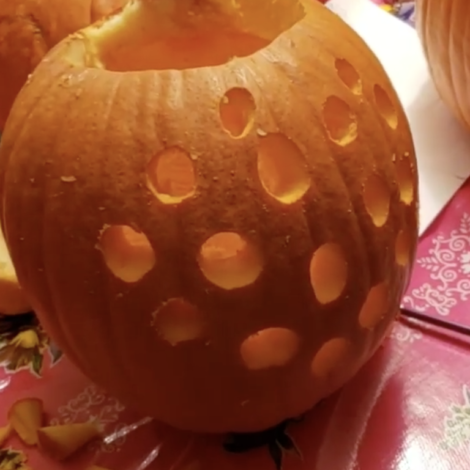
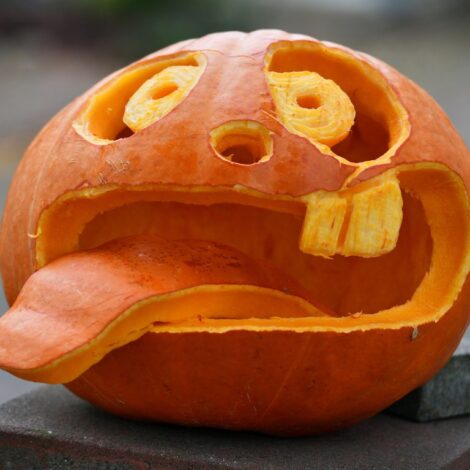
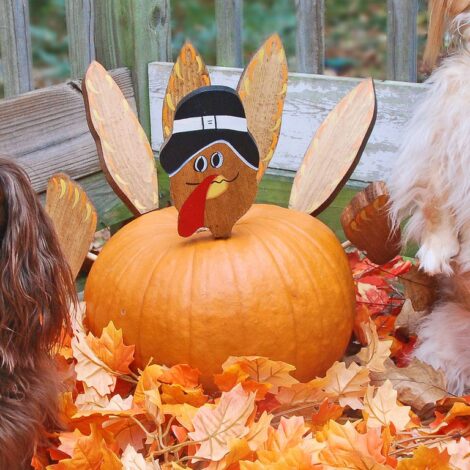
Halloween Movies

Coolest Halloween Costume ideas
-
Product on sale
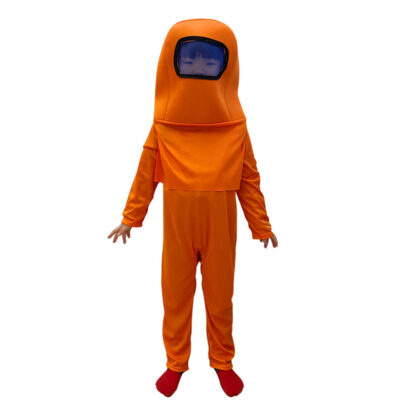 Among US Holloween Costumes For Kids CosplayOriginal price was: $30.00.$25.00Current price is: $25.00.
Among US Holloween Costumes For Kids CosplayOriginal price was: $30.00.$25.00Current price is: $25.00. -
Product on sale
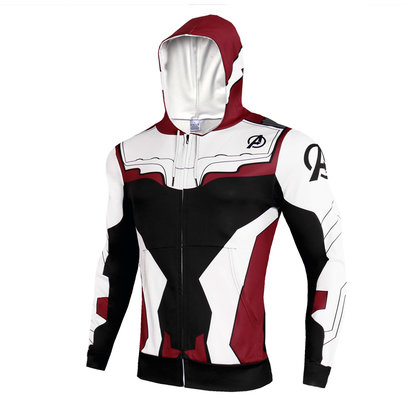 Avengers Endgame Quantum Realm HoodieOriginal price was: $45.00.$38.00Current price is: $38.00.
Avengers Endgame Quantum Realm HoodieOriginal price was: $45.00.$38.00Current price is: $38.00. -
Product on sale
 Avengers Endgame Captain America HoodieOriginal price was: $45.00.$38.00Current price is: $38.00.
Avengers Endgame Captain America HoodieOriginal price was: $45.00.$38.00Current price is: $38.00. -
Product on sale
 Avengers Captain America Muscle Cosplay Costume JumpsuitOriginal price was: $39.00.$28.00Current price is: $28.00.
Avengers Captain America Muscle Cosplay Costume JumpsuitOriginal price was: $39.00.$28.00Current price is: $28.00. -
Product on sale
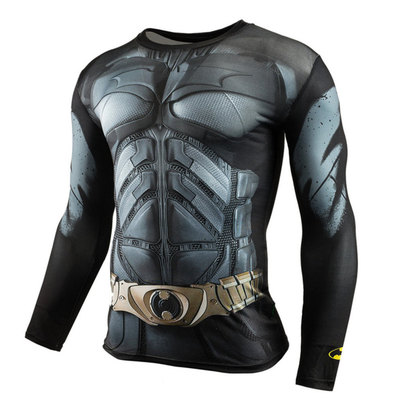 Bat Man Birthday Gift Halloween CostumeOriginal price was: $30.00.$25.00Current price is: $25.00.
Bat Man Birthday Gift Halloween CostumeOriginal price was: $30.00.$25.00Current price is: $25.00. -
Product on sale
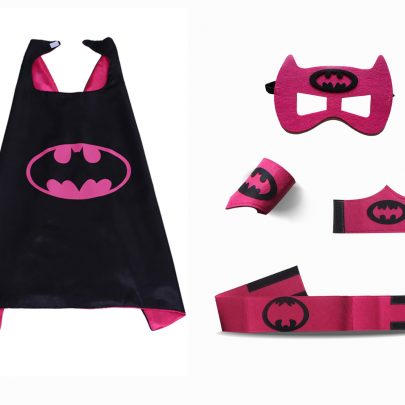 Batman Cape Mask Sets for Kids Childrens Superhero CostumeOriginal price was: $20.00.$16.00Current price is: $16.00.
Batman Cape Mask Sets for Kids Childrens Superhero CostumeOriginal price was: $20.00.$16.00Current price is: $16.00.
